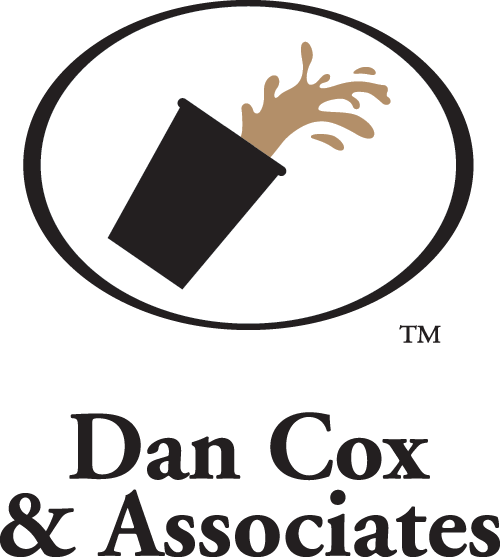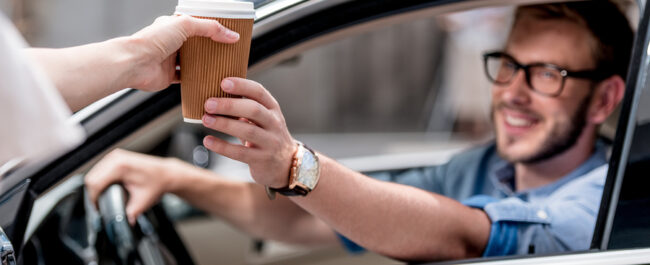Keeping Children Safe in the Backseat
Ever since drive-thru service became ubiquitous in quick service restaurants, it’s common to receive your beverage to sip on the go. Of course, drinking a hot beverage in a vehicle poses risks for even the most seasoned driver, or passenger. Navigating the takeout window, the steering column, and cup holders are just the beginning, as drinking a hot beverage while actively driving a vehicle down the road can distract a driver, and a hard stop, sharp curve, quick acceleration, or evasive action to prevent a collision can cause a spill. Even more vulnerable to hot beverage accidents in vehicles are children, strapped into car seats in the back row. Several factors increase the chance of an accident when a child is given a hot beverage in a car.
Children under the age of 13, or not meeting weight requirements, are strapped into the back seat and into car and booster seats. According to the US Department of Transportation “Use of age- and size-appropriate car seats, booster seats, and seat belts for child passengers reduces their risk for death and serious injury in a crash.” These car seats, and booster seats are to prevent loose children in a vehicle but can make it difficult to quickly move a child if a spill occurs. These seats are often angled backward, toward the seat back. If a child spills a hot beverage the design of many car seats can cause the liquid to pool around the legs and genitals. As contact time is a determining factor in the severity of a burn, the nature of the car seat can deepen the burn. Considering the time needed for a parent to be alerted to the situation, pull over, and remove the child from the car seat, the contact time can be quite lengthy.
To go cups are designed to fit comfortably in a hand – an adult’s hand. Children may require two hands to hold a to go cup, have difficulty grasping the cup comfortably or become uncomfortable with the temperature of the cups’ exterior. This can lead to a spill, simply due to the cup being overly large. A small beverage can vary in size depending on the establishment, but is typically between 8 – 12 oz. This may be heavy for a child and can increase the difficulty of grasping a to go cup, leading to an accidental spill.
As a parent, it’s natural to check on your child. Many parents install secondary rear view mirrors to check on their child in the backseat, or chat with their child as they drive. Driving a vehicle safely takes focus though, such as keeping one’s eyes on the road and looking for errant road obstructions. This can cause the focus to shift away from a child in the backseat. If that child spills a hot beverage, they may not notify a parent immediately. Many children know the importance of their parents focusing on driving or may be afraid of admitting they had an accident. But this delay can cause a burn to worsen as the hot liquid is held close to the skin by clothes, and car seats.
Hot beverage spill and burns can cause lasting harm to a child, who does not know how to properly handle a hot beverage and needs more supervision. Bringing the child inside of a restaurant to sit down or waiting until the destination has been reached will always be the safest option when wanting to treat a child to a hot beverage. This is not always the most convenient option, and if a beverage must be given to a child in a vehicle, safety precautions should be taken, such as smaller beverage sizes, an adult passenger in the backseat, and good communication with the child. Parents all have tough days, but there is no reason to have a hot beverage spill contribute to those days.
“Child Passenger Safety Laws, Child Safety Seat Distribution Programs, Education and Enhanced Enforcement.” U.S. Department of Transportation, www.transportation.gov/mission/health/child-passenger-safety-laws-child-safety-seat-distribution-programs-education-and-enhanced-enforcement. Accessed 30 May 2023.

